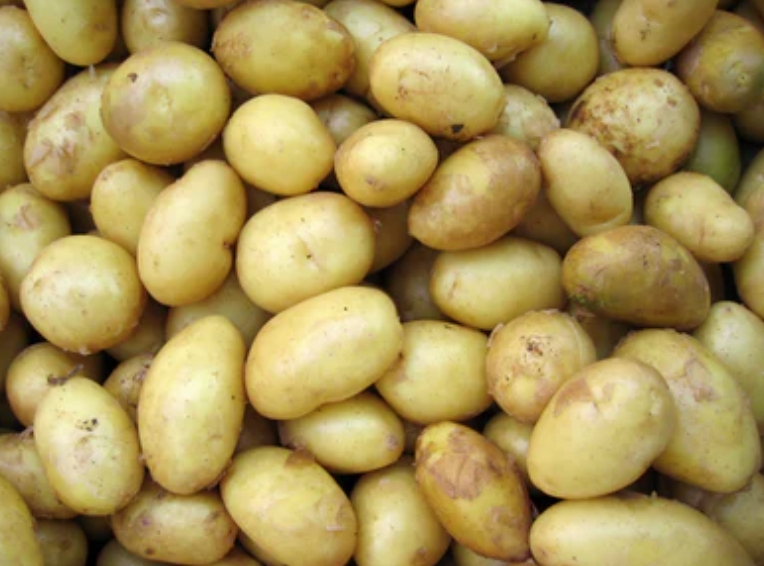
Features
Production
Vegetables
End of season checklist for managing late blight
All growers should take the time to assess the past growing season and the level of risk of late blight infection or re-infection that they will face for the next growing season.
September 17, 2019 By Alberta Agriculture and Forestry

Steps that commercial and home garden potato and tomato growers can follow to prevent the disease from carrying over into future years.
“Both industry and the public have increased awareness efforts with the intent of returning Alberta to late blight-free status,” explains Robert Spencer, commercial horticulture specialist at the Alberta Ag-Info Centre.
“No cases of late blight have been reported as the 2019 growing season wraps up, despite favourable conditions for the disease in some parts of Alberta and some spores caught in monitoring traps.”
He recommends that commercial or home garden potato or tomato growers follow these steps to curtail the disease, as repeated outbreaks could impact a number of valuable crop industries in Alberta.
- Ensure that plants die down quickly during the late part of the growing season and that can be done mechanically for any scale. Commercial growers may use top-killing treatments such as a chemical desiccant.
- Gardeners should dispose of all above ground plant materials – stems and foliage – whether infected or not at the end of the growing season. Burn, freeze or compost this material. “Doing so ensures that living tissues do not survive the winter and will break down completely, preventing carryover of the pathogen,” He explains. Avoid placing infected materials in uncovered compost piles to prevent any spores that could spread the disease to nearby plantings of susceptible crops. He also suggests covering piles with a tarp until the materials have frozen and are completely dead.
- Prevent the survival of infected tubers as they are the primary method of disease carryover in potatoes in Alberta. “Recognize that some of the recently prevalent strains of the late blight pathogen are more aggressive on tubers,” he says. “Carefully grade and sort harvested potato tubers to remove any infected ones.” Commercial seed growers should be prepared to grade seed tubers again in the spring, and may apply mancozeb-based seed treatments to try to protect developing crops from seed-borne late blight.
- Culled tubers should be disposed in a way that encourages their breakdown over winter. Spencer says that they can be fed to livestock or may be chopped, incorporated and buried, or can be placed in covered piles until they freeze completely. Ensure that potatoes do not volunteer – grow in another crop.
- The late blight pathogen normally cannot survive away from living tissues. “While the disease can survive for a time on tomato fruit, spores will not carry over on tomato seed,” he adds. “The disease can be introduced on living tomato transplants brought in from areas where late blight survives the winter.”
“The late blight pathogen does not survive or overwinter in the soil in Alberta, so growers should not worry about reinfection by planting in or adjacent to a field where late blight has occurred,” explains Spencer. “That is, provided there are no surviving tubers that could reintroduce the disease through infected volunteer plants. Rotating between locations is always recommended, whenever possible, to prevent the build-up of other diseases.”
He adds that all growers should take the time to assess the past growing season and the level of risk of late blight infection or re-infection that they will face for the next growing season.
“Determine where the disease may have come from, and put preventative measures in place to protect against infection. It is in everyone’s best interest to manage late blight, as this is a community disease. It is also critical that everyone take an active role in submitting suspect material to improve detection and management.”
To connect with the Alberta Ag-Info Centre about identifying or dealing with late blight, or submitting a sample for testing: 310-FARM (3276)
Print this page